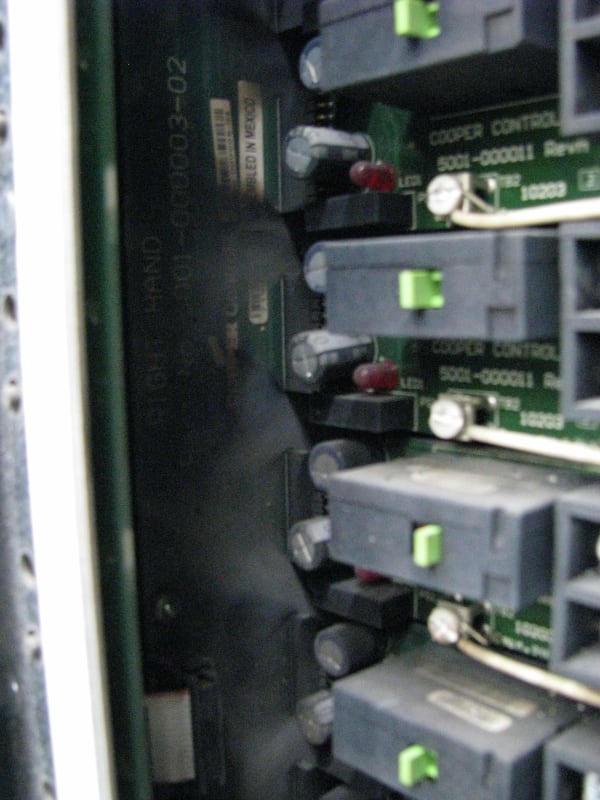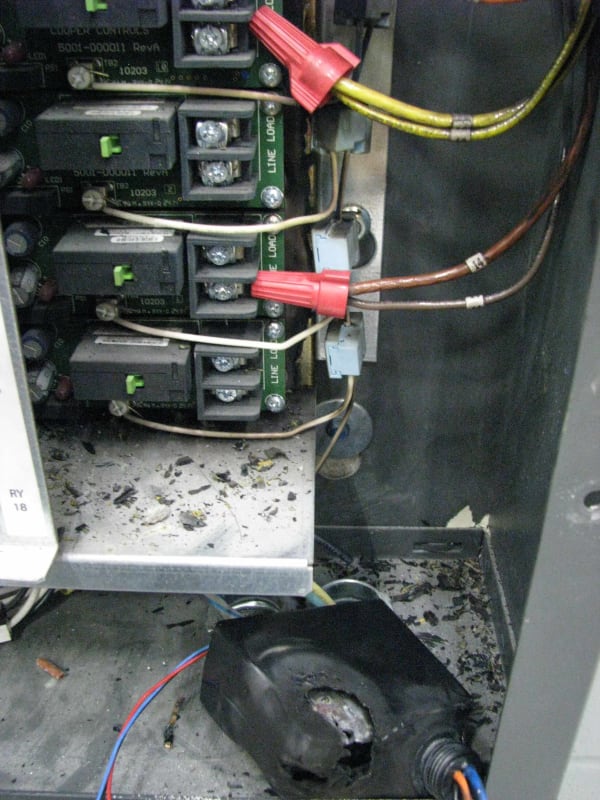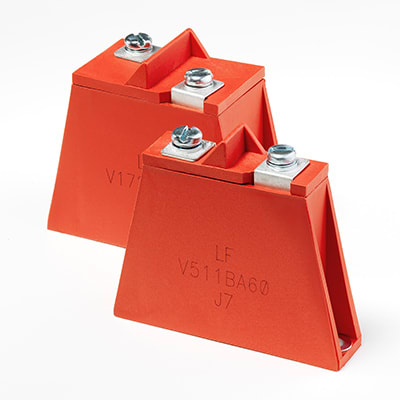JASGripen
Electrical
- Feb 6, 2020
- 22
Any idea how a burnt up plastic power pack for a string of 277v LED fixtures can burn up half the relays in a lighting control board and then trip multiple 20A circuits and the 200A main.
I am thinking bad design - breakers should be after the lighting control board, especially if they are relays on a board.
Not a fan of plastic powerpacks and capacitors - they seem to self destruct by burning up sometimes.
I am thinking bad design - breakers should be after the lighting control board, especially if they are relays on a board.
Not a fan of plastic powerpacks and capacitors - they seem to self destruct by burning up sometimes.




